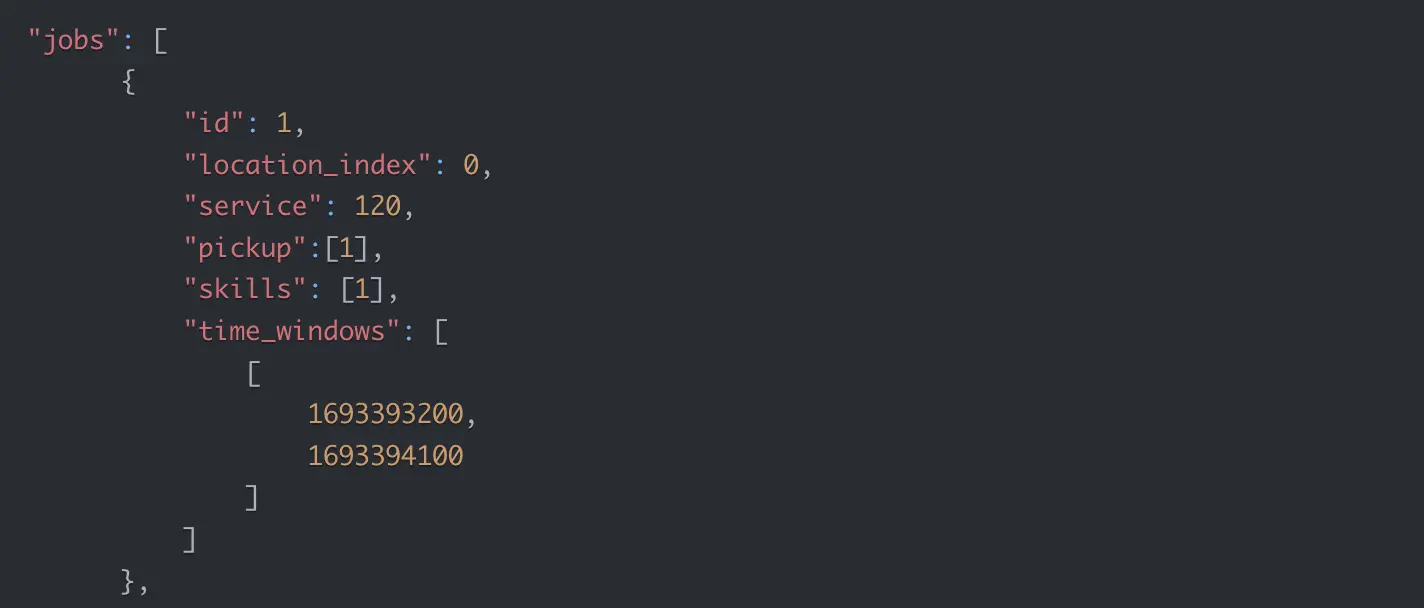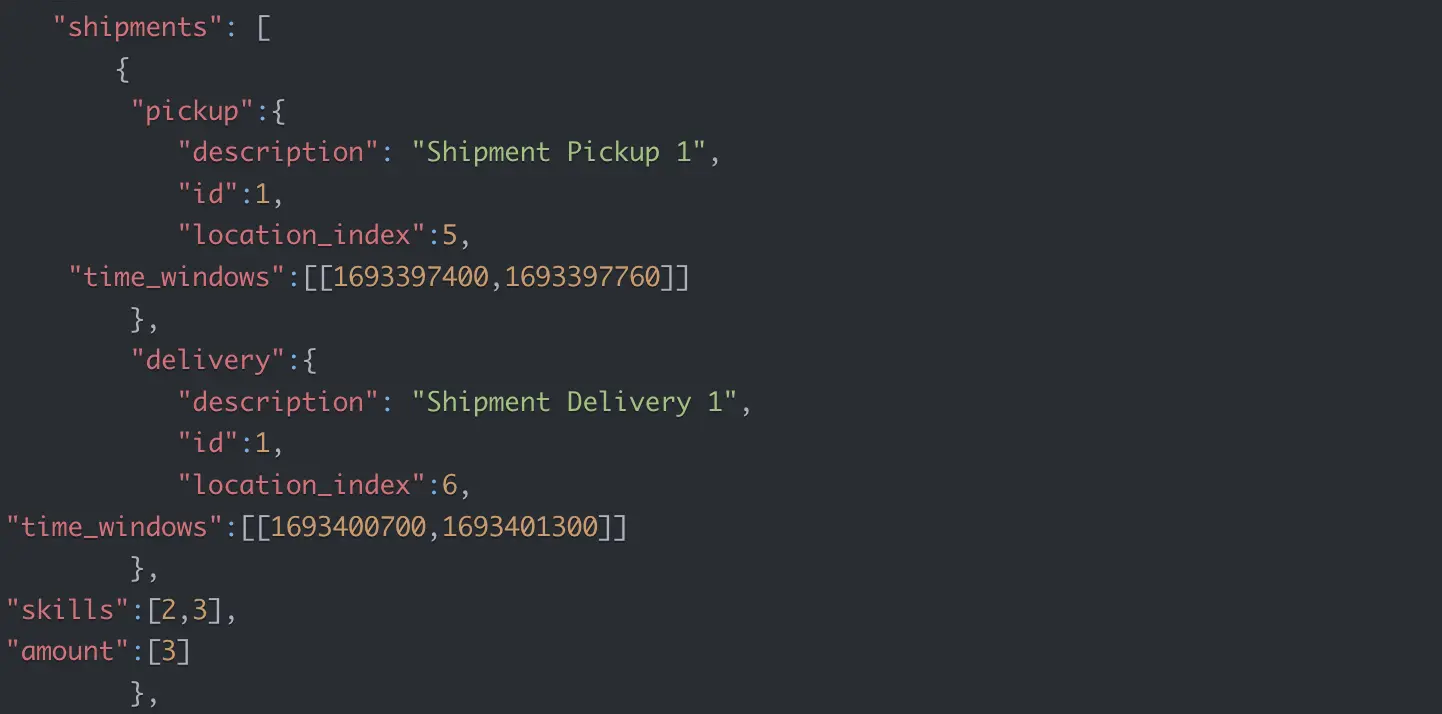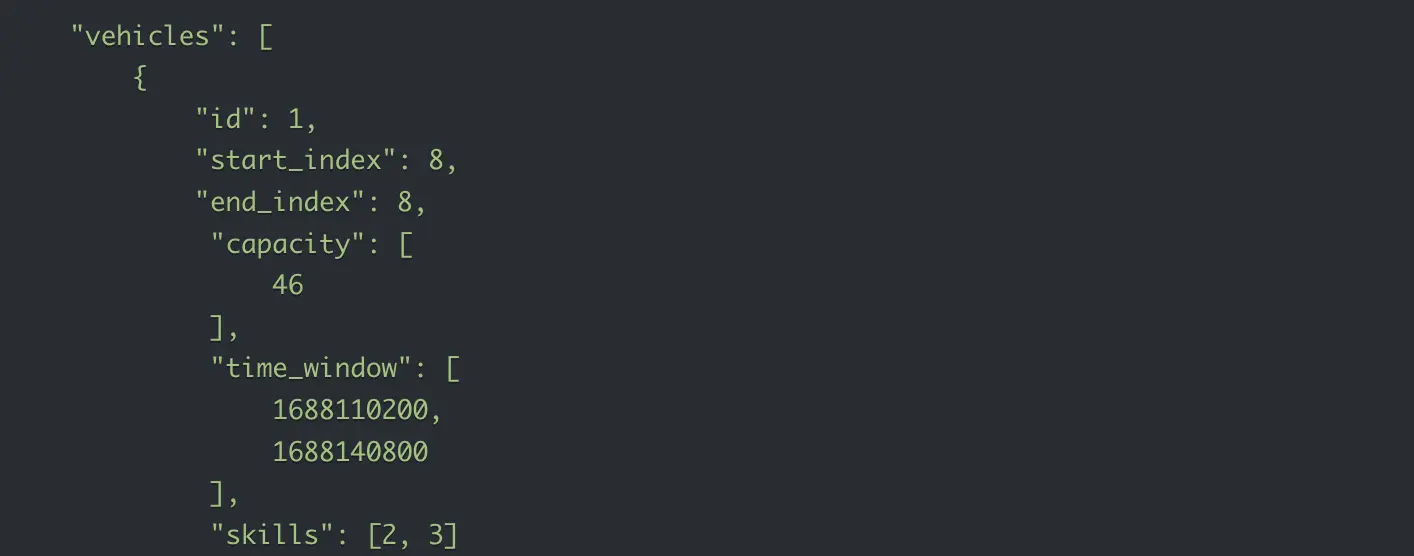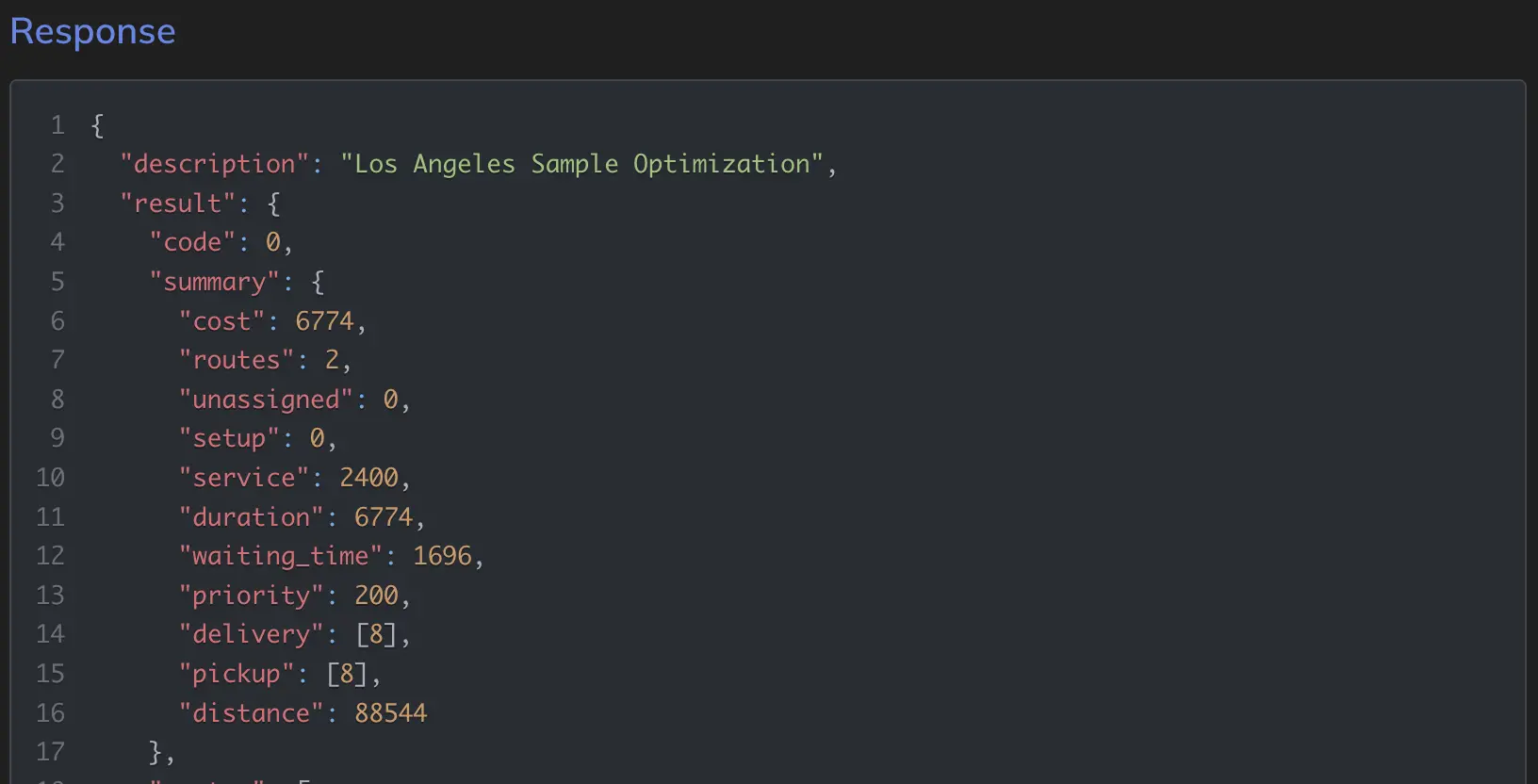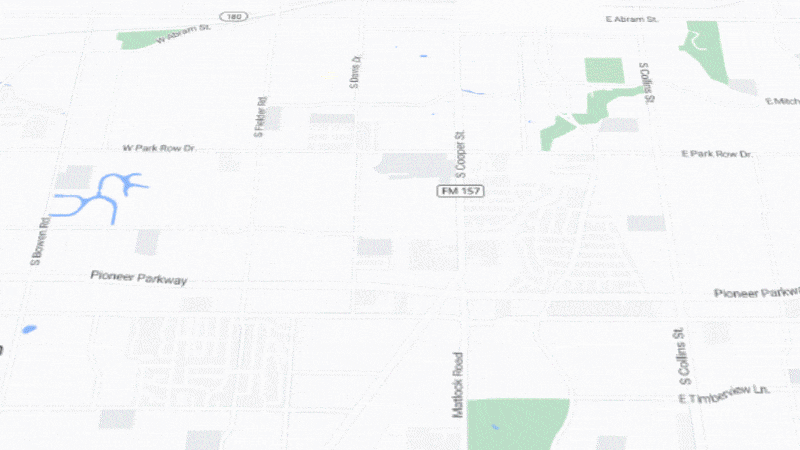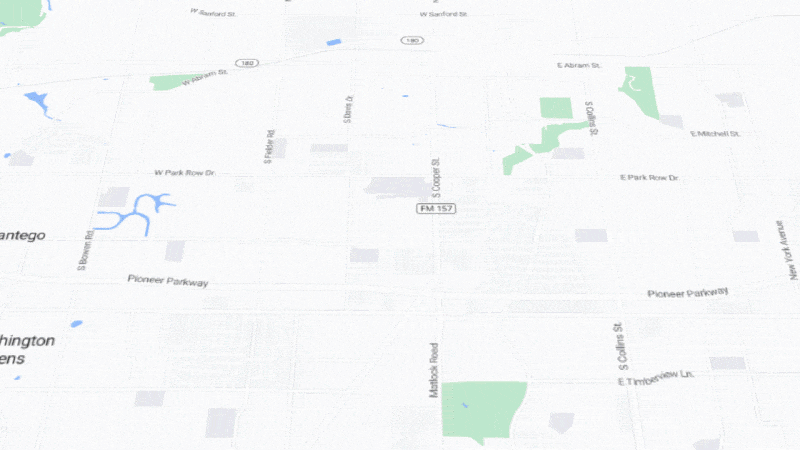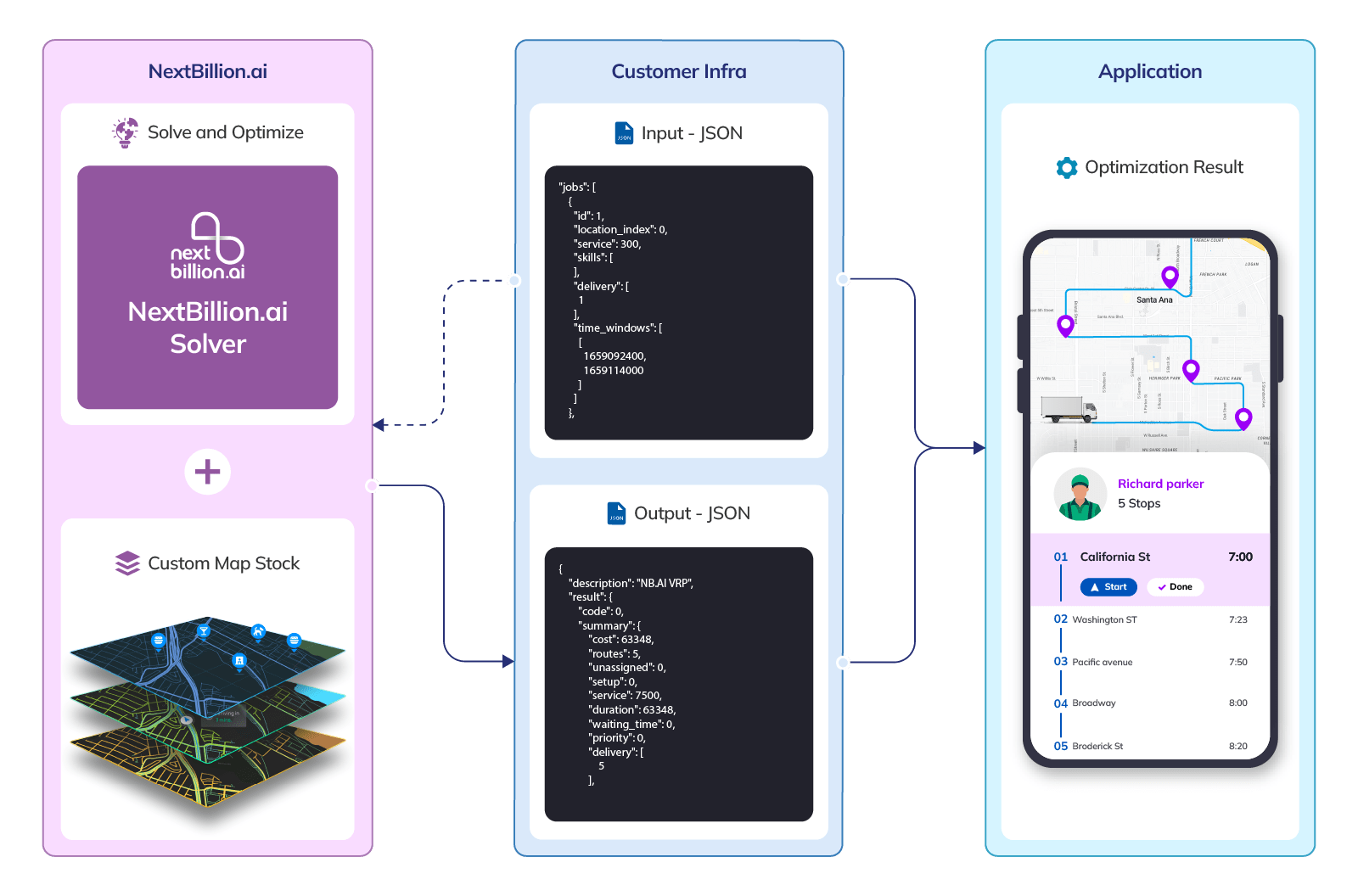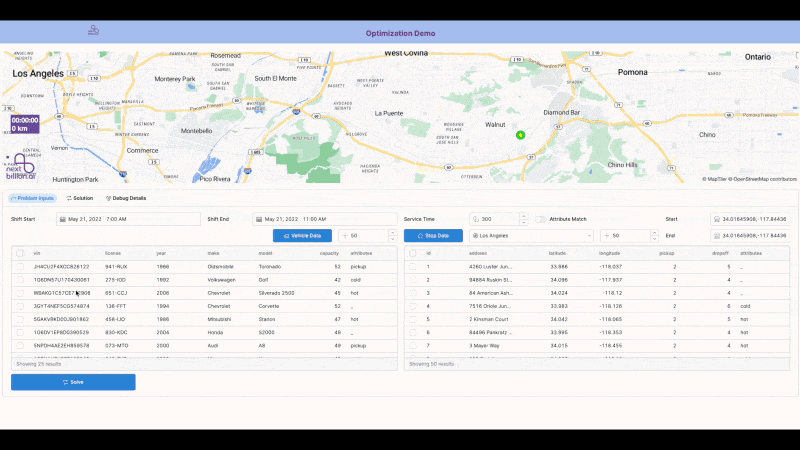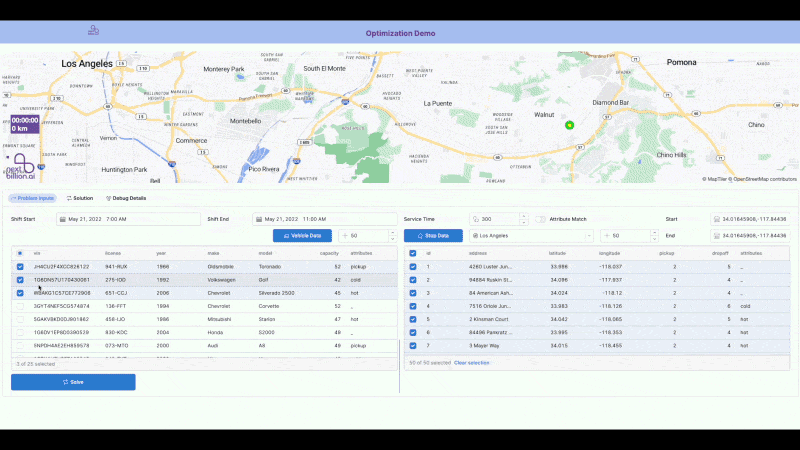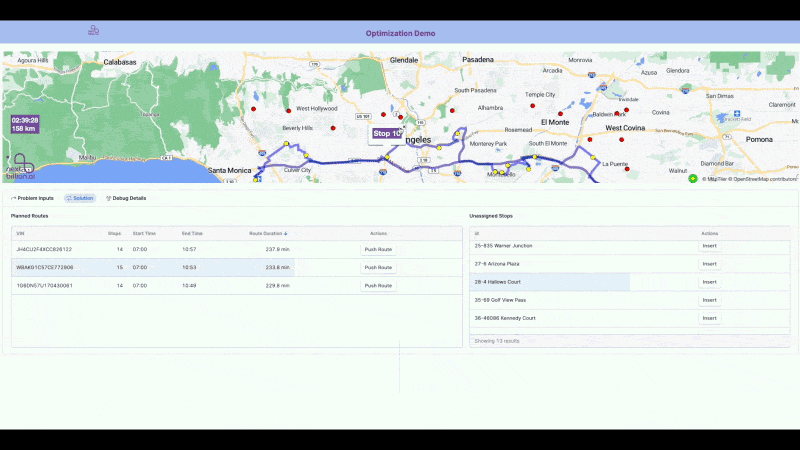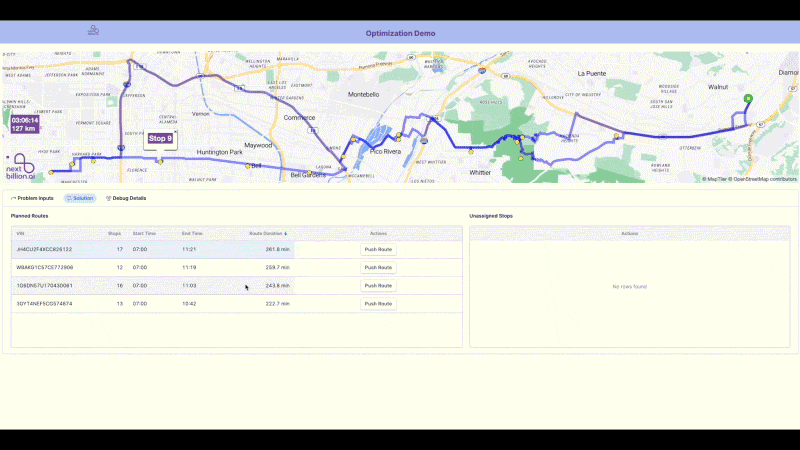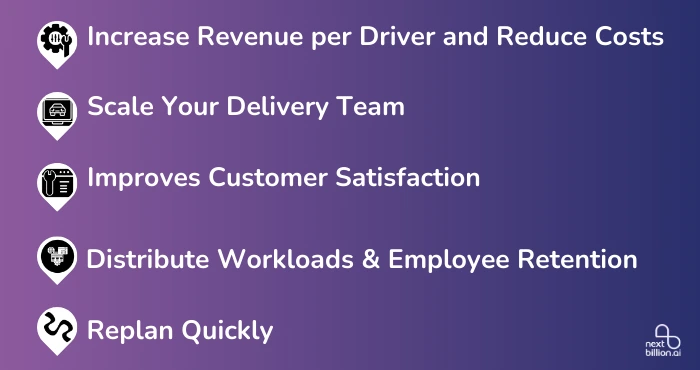Table of Contents
From the first mile to the last, route optimization plays a huge role in ensuring packages arrive on time, drivers stay on course, and businesses keep costs down. But how does it all come together? In this guide, I’ll walk you through everything you need about end-to-end delivery route optimization, showing you how to streamline your operations and get ahead of the competition. Whether you’re a business owner, a logistics manager, or just curious about the process, this is the place to start!
What is End-to-End Delivery Route Optimization?
End-to-end delivery route optimization refers to the process of planning and optimizing the entire delivery journey, from the point a product leaves the warehouse or distribution center to the moment it reaches the customer’s doorstep. This involves using advanced algorithms, real-time data, and smart planning tools to find the most efficient routes for each delivery, considering factors like traffic, delivery windows, vehicle capacity, and fuel costs.
The goal is to streamline the whole process, reducing delays, cutting operational costs, and improving customer satisfaction. It’s about more than just saving time—it’s about making the entire delivery system as seamless and cost-effective as possible from start to finish.
Can’t I Optimize and Plan My Routes Manually?
While it’s technically possible to plan routes manually, it quickly becomes inefficient and overwhelming as the complexity of your operations grows. Manually planning routes might work for a small business with just a few daily deliveries, but as soon as you scale up, it becomes a serious challenge. Here’s why:
- Too Many Variables
Manual route planning means juggling multiple factors like delivery locations, traffic conditions, vehicle capacity, and customer time windows. Trying to balance all these variables by hand can lead to errors, missed deliveries, or inefficient routes that cost more in fuel and time. - Time-Consuming
Even if you could manually figure out an optimized route, it would take hours to calculate every possible combination of stops, traffic patterns, and detours. This leaves less time for more important tasks like managing your fleet or growing your business. - Inflexibility
What happens when there’s an unexpected road closure or a customer changes their delivery time? With manual planning, adjusting routes on the fly is nearly impossible without causing major disruptions. Automated optimization tools, on the other hand, can instantly recalculate routes and keep things running smoothly. - Lack of Real-Time Data
Manual route planning typically doesn’t account for real-time updates, like traffic jams, accidents, or weather conditions. Optimizing routes without this information often leads to delays or last-minute scrambling to reroute drivers. - Higher Costs
Inefficient manual planning often leads to longer routes, wasted fuel, and higher labor costs. Over time, this adds up and eats into your profits. Automated optimization can significantly reduce these costs by finding the most efficient routes with the fewest miles traveled.
While manual route planning may seem feasible, it’s far less efficient than automated optimization. For businesses that want to scale and stay competitive, route optimization software is the smarter choice. It not only saves time and money but also gives you the flexibility and real-time insights manual planning simply can’t match.
Real-World Examples of Route Optimization in Action
Route optimization isn’t just a buzzword—it’s actively transforming the logistics operations of businesses worldwide. Let’s explore some real-world examples that show the tangible benefits of using route optimization technology in delivery processes.
1. UPS: The Power of Avoiding Left Turns
UPS is famous for its “no-left-turn” policy, which is driven by route optimization algorithms. By minimizing left turns (which often cause delays at traffic signals), UPS saves millions of gallons of fuel every year, reduces emissions, and speeds up deliveries. Their approach is a perfect example of how optimizing routes—even with a small adjustment like avoiding left turns—can lead to massive savings in both time and resources.
2. Amazon: Speeding Up Last-Mile Delivery
Amazon’s logistics network is built on cutting-edge route optimization software that handles complex delivery patterns across its vast fulfillment centers. The company uses real-time data to constantly optimize the last-mile delivery process, ensuring that drivers take the fastest routes to deliver packages to customers’ doorsteps. This optimization allows Amazon to meet its promise of quick, same-day, and next-day deliveries, while also managing costs.
3. Domino’s Pizza: Hot Pizzas, On Time
For Domino’s, route optimization isn’t just about saving costs—it’s about customer satisfaction. The company uses delivery optimization technology to ensure its drivers take the most efficient route to get pizzas delivered within their famous 30-minute window. By factoring in traffic, distance, and road conditions, they can avoid delays, keep pizzas hot, and keep customers happy. This has helped Domino’s build a strong reputation for timely deliveries.
4. FedEx: Optimizing for Peak Seasons
During the holiday rush, FedEx faces immense pressure to deliver millions of packages on time. They rely on advanced route optimization to adjust for increased volume, road congestion, and weather conditions. With route planning software that dynamically updates based on real-time factors, FedEx can reroute drivers in response to traffic, accidents, or bottlenecks, ensuring packages arrive on schedule—even during the busiest times of the year.
5. Grocery Delivery Services: Efficient Multi-Stop Routing
Grocery delivery services like Instacart and Ocado depend heavily on multi-stop route optimization to fulfill customer orders. Drivers need to pick up items from different stores and deliver them to multiple customers, often within narrow time windows. Route optimization algorithms enable these services to plan efficient routes that minimize travel time and ensure perishables are delivered fresh, all while keeping operational costs low.
How to Implement End-to-End Delivery Route Optimization in Your Business?
Implementing end-to-end delivery route optimization is a game-changer if you want to streamline your logistics operations. One of the best tools available to help businesses achieve this is NextBillion.ai’s Route Optimization API. This advanced AI-based solution maximizes efficiency, reduces costs, and helps you plan the most effective routes for your fleet. Here’s how you can implement it in your business:
Step 1: Set Up Delivery Information
Before the optimization process begins, you’ll need to provide detailed input about your deliveries. The API requires data on jobs (stops), shipments, vehicles, and depots. Here’s how to organize this information:
Jobs: Each stop or delivery location is listed as a job. Assign a unique ID to each job, specify its location (coordinates), and set the delivery time window. You can also include any special requirements, such as the need for refrigeration or handling of fragile items.
Shipments: This includes details about items being picked up or delivered. You’ll want to note the duration required at each stop, including loading/unloading times.
Depots: Depots represent your starting points. Assign a unique ID and specify the location for each depot where vehicles begin and end their routes.
Vehicles: Assign each vehicle a unique ID, list their working hours, capacity (in terms of volume or weight), and any specific skills or equipment required for certain deliveries (e.g., vehicles with refrigeration units for perishable goods).
Locations: All job and depot locations should be listed with precise coordinates and IDs to ensure accurate routing.
This initial setup allows the optimization engine to process all necessary variables and constraints effectively.
Step 2: Send Your Data to the Optimization Engine
Once your input data is organized, send it to NextBillion.ai’s Route Optimization API using a POST request. The API allows you to set specific constraints like time windows, vehicle capacities, and even rules about which vehicle can handle which jobs. These constraints ensure the optimized routes meet your business’s unique operational needs.
For example, if certain deliveries must be completed within a specific timeframe or require vehicles with specialized equipment, you can set those rules in this step.
After submitting your data, the system will return a unique job ID for tracking and retrieving the optimized route results.
Step 3: Retrieve and Implement Optimized Routes
Once the optimization process is complete, use the GET method to retrieve your optimized routes. By referencing the job ID from your initial submission, you can access a detailed sequence of stops for each vehicle along with the expected travel times.
The optimization engine takes into account real-time data such as traffic conditions at the time of the request. This ensures that your routes are always updated to reflect the most current road and traffic conditions. You’ll receive a fully optimized route plan that minimizes travel time, reduces fuel costs, and improves delivery efficiency.
If conditions change (like a traffic jam or sudden road closure), the API can be called again to re-optimize the routes in real-time, ensuring your deliveries stay on schedule.
By following these steps, you can leverage NextBillion.ai’s Route Optimization API to maximize delivery efficiency, cut down on operational costs, and improve overall service levels. Whether you’re managing a small fleet or overseeing large-scale logistics, the API offers flexibility and customization to meet your specific delivery needs.
Benefits of NextBillion.ai’s Route Optimization API:
- Generates accurate ETAs specific to each vehicle type
- Provides optimized and accurate routes for multiple drivers/riders/vehicles, and multiple origins and destinations
- Allows adding unplanned stops into an existing delivery route, and dispatching these updated routes to drivers and delivery personnel — all through one single interface
- Creates optimized routes based on service time windows, number of deliveries/pick-ups, skills required, priority and other such parameters
- Accounts for factors such as vehicle capacity, shift hours, driver breaks and maximum number of tasks for effective order dispatch and assignment
Examples of Industry-specific Use Cases the Route Optimization API can Solve
The Route Optimization API is suitable for various industries across:
1. Last-mile, Logistics, Transportation and Delivery Services
The businesses mentioned above require a solution to help them deliver multiple packages to multiple delivery locations within the promised delivery timeline. The API optimizes allocation, assignment and routing for deliveries, including last mile and last yard.
It creates optimized routes with accurate ETAs and routes according to the vehicle type. Besides automated order assignment and dispatch, it also solves the resource allocation issue for these businesses.
2. Service Calls
The speed and performance of the service request fulfillment process heavily influence a business’ customer experience score. NextBillion.ai’s Route Optimization API helps companies to improve CX with automated and accurate task allocation, dispatch and routing for service calls.
For multiple service calls from different locations, it ensures that tasks are assigned based on the skills, shift times and location.
Not just any route optimization API, but a complete end-to-end solution
Our Route Optimization API is supported by a host of NextBillion.ai’s other APIs, tools and mapping services in the back end, which help it run like a well-oiled machine.
The end-to-end vehicle routing problem solver leverages:
Navigation SDK – Designed specifically for business use cases, the Navigation SDK provides smooth turn-by-turn guidance through any route and topography. Users can add custom map data layers, insert custom routes and reflect real-time road restrictions — a set of features that existing mapping providers don’t offer.
Directions API – NextBillion.ai’s Directions API computes directions between locations for different transport modes, waypoints and travel times. It produces segment-wise information like distance and speed profile for a wide range of travel modes — be it bikes, cars, trucks, EVs or pedestrians. The API enables businesses to optimize their ETAs, find the best route between an origin and destination, and create accurate turn-by-turn directions.
Map Tiles API – This API helps display detailed map information in multiple styles on any web and mobile application’s user interface by merging custom map data.
Large Distance Matrix API – With the ability to support a 5000*5000 matrix size, mobility-driven businesses across the globe have been using this API to scale effortlessly. NextBillion.ai’s custom Distance Matrix API predicts accurate distances and travel times for one-to-many or many-to-many scenarios. The API can be customized to serve the needs of each business’ unique use cases.
This set of APIs and map tools enable companies to build custom maps and applications to meet their specific needs. Through custom map stacks, businesses can enable use cases that have primarily remained unserved or underserved for decades.
VRP Solver in action
Here’s a sample product demo that demonstrates how our Route optimization API with VRP solver generates optimal routes (the solver interface shown in the GIFs is for representation purposes only).
1. Set parameters for your use case
2. Route Optimization API at work in tandem with Distance Matrix API
3. Make adjustments to the route planning process to add extra stops
4. NextBillion.ai’s Navigation SDK at work
How Can End-to-End Delivery Route Optimization Software Help?
Optimizing your delivery routes doesn’t just streamline your logistics—it has far-reaching benefits that can transform your entire business. From cutting costs to boosting driver efficiency, the right route optimization software can help you scale, improve customer satisfaction, and respond to unexpected changes with ease. Let’s explore some key ways this software can make a difference.
1. Increase Revenue per Driver and Reduce Costs
End-to-end delivery route optimization software ensures drivers are following the most efficient routes, minimizing unnecessary detours or delays. By cutting down on fuel consumption, reducing vehicle wear and tear, and optimizing time on the road, businesses can significantly reduce operational costs. At the same time, drivers can complete more deliveries in less time, boosting revenue per driver while keeping costs in check.
2. Scale Your Delivery Team Without Extra Dispatch/Planning Resources
As your delivery operations grow, managing an expanding fleet can be overwhelming if you’re relying on manual planning. Route optimization software automates the complex process of planning and dispatching, allowing you to scale your delivery team without needing additional planning or dispatch resources. This ensures that your operations grow smoothly without increased overhead or bottlenecks in the planning process.
3. Improves Customer Satisfaction
With optimized routes, your deliveries are faster and more reliable. By meeting or exceeding delivery time windows, customers receive their orders promptly, leading to higher satisfaction and loyalty. The software can also adapt to last-minute changes, such as customer requests for new delivery times, ensuring flexibility that customers appreciate.
4. Distributes Workloads More Effectively and Improves Employee Retention
Overloading drivers with inefficient routes and long hours leads to burnout and high turnover. Route optimization software helps distribute workloads evenly across your fleet, ensuring that no driver is overburdened while others are underutilized. This balanced workload boosts driver morale, reduces burnout, and ultimately improves employee retention, helping you maintain a stable, happy team.
5. Enables You to Replan Quickly
Unexpected changes are inevitable in delivery operations—whether it’s traffic, vehicle breakdowns, or sudden order changes. With route optimization software, you can quickly replan routes in real time to avoid disruptions. This ensures that your deliveries stay on track, even in the face of last-minute changes, improving both operational efficiency and customer experience.
Optimize Your End-to-End Delivery Routes with NextBillion.ai
End-to-end delivery route optimization is no longer a luxury—it’s necessary for any business looking to improve operational efficiency, reduce costs, and enhance customer satisfaction. From increasing driver productivity to handling unexpected challenges easily, optimizing your delivery routes can unlock massive benefits for your business.
If you’re ready to take your logistics to the next level, NextBillion.ai’s Route Optimization API is the perfect solution. Built with advanced AI technology, it helps businesses of all sizes streamline route planning, manage complex deliveries, and scale operations without increasing overhead. Whether you’re dealing with multi-vehicle fleets or tight delivery windows, NextBillion.ai’s API provides the flexibility, real-time insights, and accuracy needed to optimize every mile of your delivery process.
Start maximizing efficiency, saving time, and reducing costs with NextBillion.ai’s Route Optimization API—your key to smarter, more efficient logistics.
If you are looking for a route optimization API that’s fast, reliable, accurate and feature-rich, schedule a demo today!
About Author
Shivangi Singh
Shivangi is a seasoned Technical Writer with a passion for simplifying technical concepts. With over 5 years of experience, she specializes in crafting clear and concise documentation for various technical products and platforms.
Ready to get started?
Request a DemoTable of Contents
Subscribe to our Newsletters

Get the best practices for route planning & optimization, delivered to your inbox.
Subscribe








